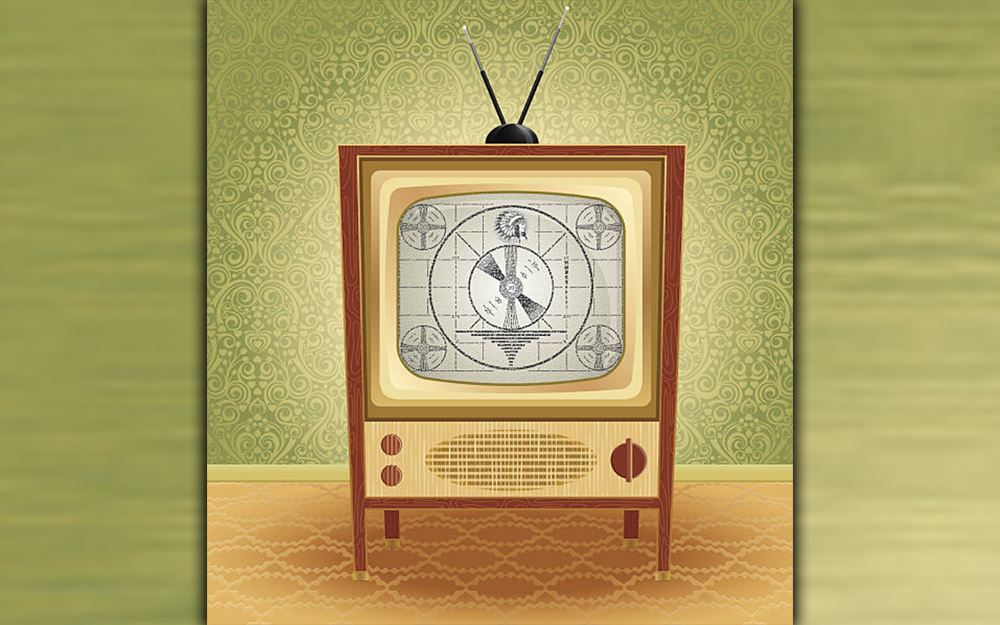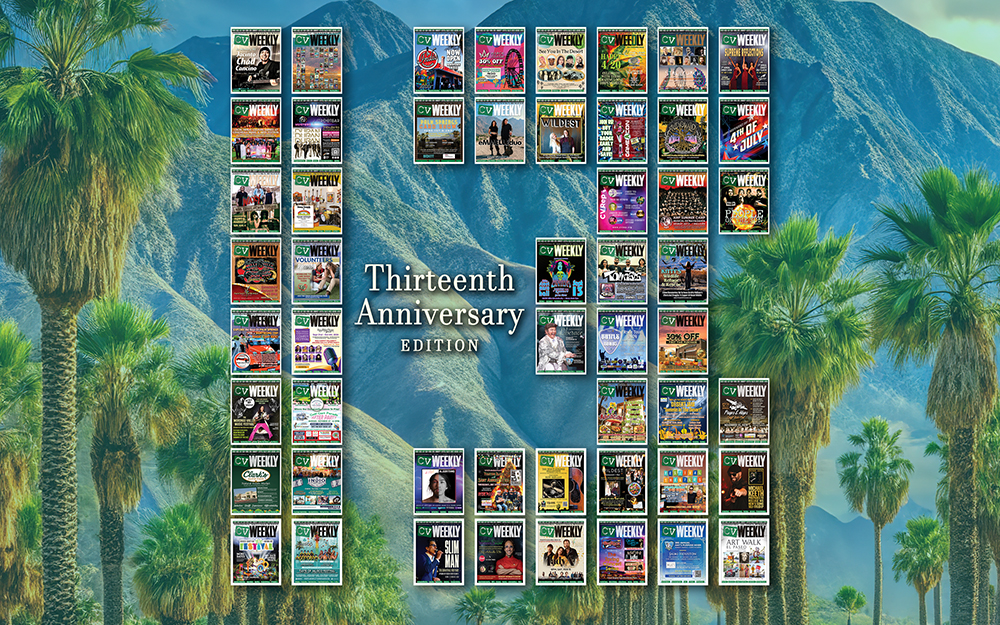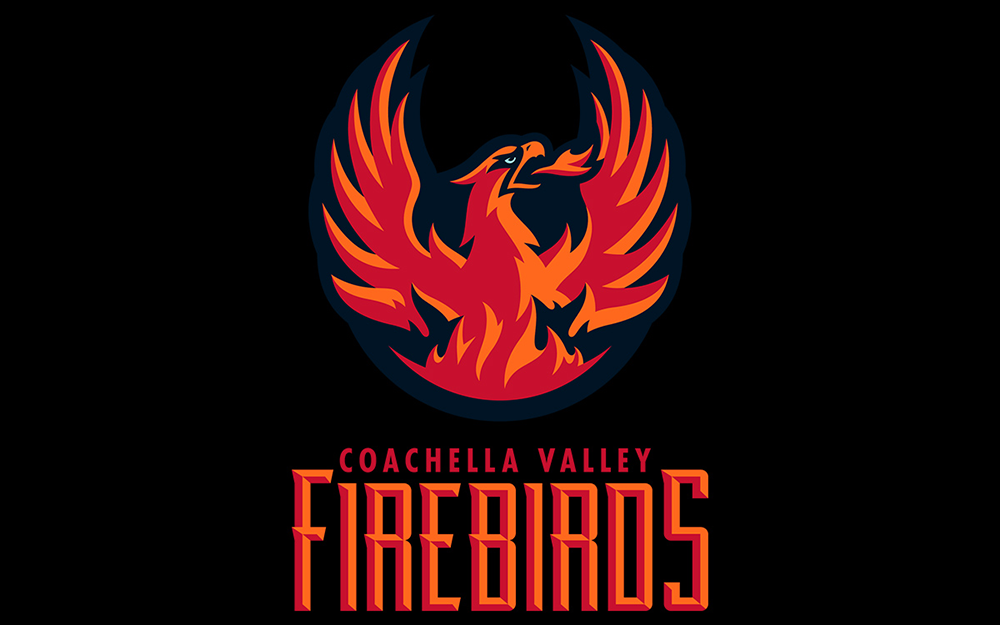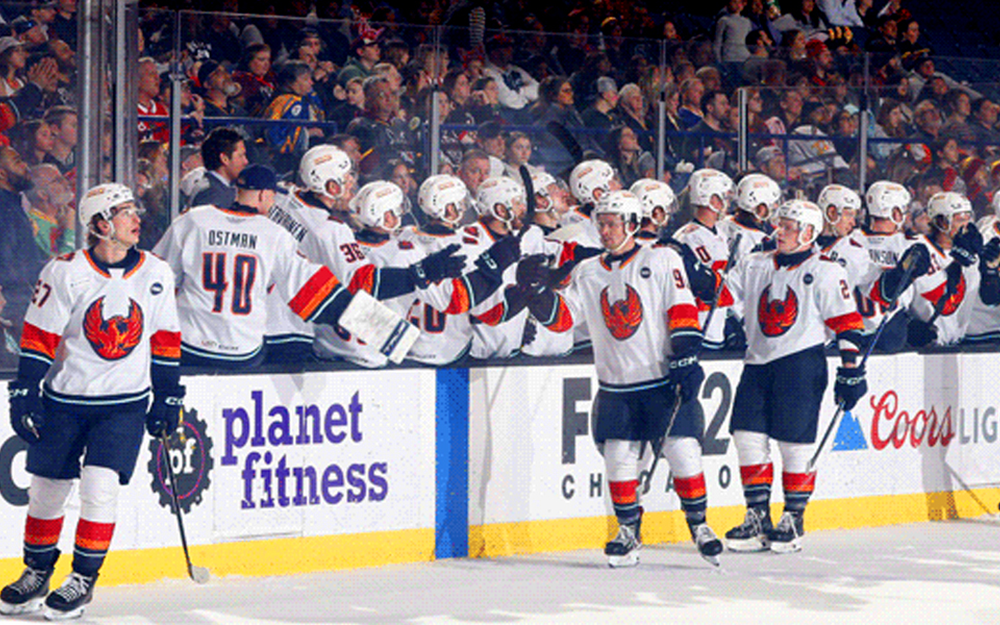
By Haddon Libby
Once upon a time, the start of the fall season was met with a new slate of highly anticipated television shows on networks like CBS, NBC, ABC and PBS. Outside of a random independent channel or two, those were the only viewing options on your television. Television programming would come to the home by an antenna mounted on the roof.
Over the air broadcasting gave way to cable television where networks like HBO, MTV, and CNN spawned. The most watched television program of all time occurred in 1983 for “MASH” where 105 million viewers or 61% of all televisions viewed the final episode.
Satellite services like DirecTV and Dish were next to the scene and thought to be the eventual successors to the higher cost cabled systems that most users disliked due to poor customer service.
As we have seen over the last twenty years, DirecTV and Dish have been unable to compete with the streaming services accessed by the Internet. Due to this, these two long-time rivals recently announced their merger. Upon completion, the combined services will have a subscriber count of 20 million households – less than half peak levels experienced one decade ago.
Streaming services have quickly replaced satellite and cable services. It seems ironic that cable companies provide the internet service needed to use rival streaming services and is reminiscent of Blockbuster’s demise to Netflix.
High-speed internet providers now have a new competitor that could be the beginning of the end of wired connections.
StarLink, the new satellite service from SpaceX, looks like the ‘killer app’ to wired connections. With an initial equipment cost of $299 to $599, a subscriber can have high-speed internet service that travels with them for $50 to $165/month. Starlink is no bigger than an iPad and can be used at your home, a park, or any remote location where cell phones do not work. The device simply needs to be pointed at the sky in order to work.
With fewer than half of American households tethered to a cable box, what are Americans watching the most?
In general, viewing habits have fractured. For live news and sports, traditional cable remains in charge although Amazon has shown that a streamer can rival cable networks in viewership.
Due to Thursday Night Football, Amazon Prime Video is consistently ranked as one of the most watched programs each week with viewership in excess of 16 million.
Just last week, the top eight audiences watched NFL games or the pre/post-game shows. The NFL on CBS garnered the largest rating at 24 million, followed by NBC’s Sunday Night Football at 20 million. Amazon Prime Video’s Thursday Night Football ranked fourth with 16.2 million viewers.
The top-rated scripted shows this year include Matlock with viewership around 7.5 million with Chicago Fire, Chicago Med and Saturday Night Live all in the 5.5 million area.
After sports, news-oriented programming is the biggest draw to live television. Fox News was the third highest-rated network with 6.8 million viewers. Only CBS at 7.4 million and Amazon’s Thursday Night games with 16.2 million viewers drew a larger audience. Rounding out the top ten networks are ABC (5.3 million), NBC (4.7 million), MSNBC (4.3 million), ESPN (2.8 million) CNN (2.7 million), Fox (2.3 million) and The Weather Channel (1.6 million).
Streaming service viewership is measured usage in terms of minutes watched. The challenge with this methodology is that it does not consider how many people watch alone or with others.
Looking at the streaming services, Prison Break on Netflix and Hulu was the most streamed program with 20 million hours of viewing. The Rings of Power on Amazon Prime Video was second at 17 million hours followed by Family Guy on Hulu (16.75 million hours), A Discovery of Witches on Netflix (15.25 million hours) and The Accident (2024) on Netflix with 14.9 million hours.
Haddon Libby is the Founder and Chief Investment Officer of Winslow Drake Investment Management. For more information on our services, please visit www.WinslowDrake.com.











































